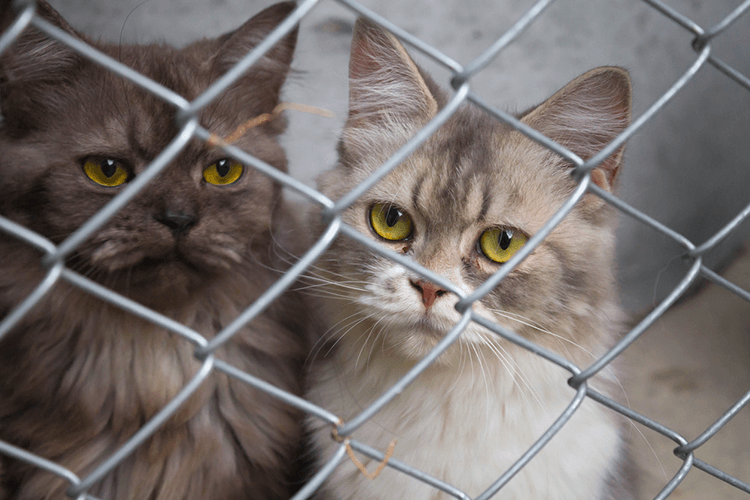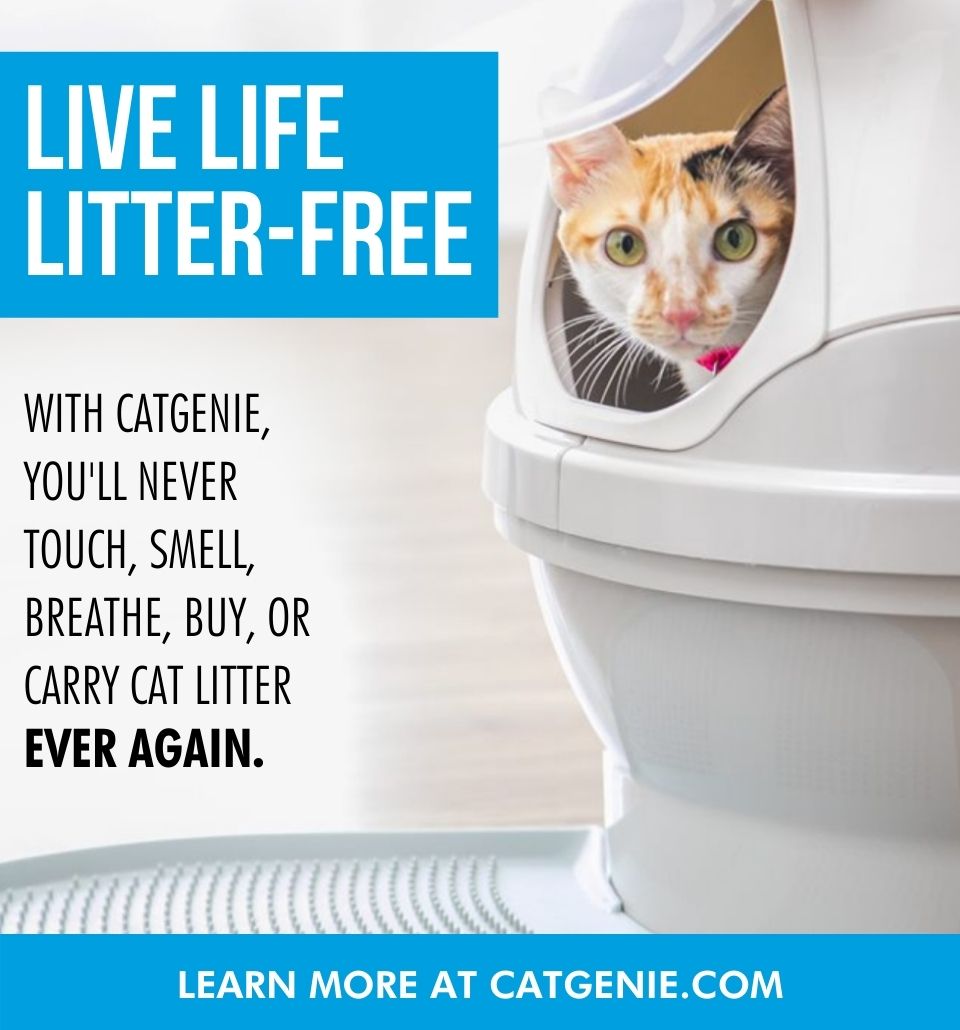About a decade ago, my husband and I went to our local humane shelter in search of a kitten. Although the county shelter did its best between staff and volunteers, the place was still a bit unpleasant – not built for the comfort of its occupants, short on funds, and overburdened with animals in need of homes. The whole building echoed with barking from crowded dog runs. I thought it amazing then that they actually had a room dedicated to cats, featuring free-standing cages and room to roam when the cats were left free. This is where we first met a blur of tawny gold who turned into a puddle of purrs when my husband first scooped him up.
We named that purring ball of energy and delight Tiger Jack. He’s always been a daddy’s boy.
Our experience was typical compared to many animal shelters across the United States. Overpopulation is rampant and resources are scarce – according to the ASPCA, over 6 million animals wind up in US shelters every year. Nearly a quarter of those lose their lives there. This is an unacceptable set of statistics, and I’m relieved to say there’s hope for a better future through transformed shelters and improved adoption techniques, all built on the backs of dreamers.
IN SEARCH OF BETTER SHELTERS
Here’s the thing: being scared and thrown into a pen with a bunch of likewise scared strangers brings out the best in no one. As The Jackson Galaxy Project points out in their Cat Pawsitive initiative, “[t]he sights, loud sounds and strange smells can make even the most outgoing, active cat become nervous and shut down.” When this happens, cats may physically hide, become withdrawn, or act aggressively toward people and other cats. They can even become ill.
What does that mean for these homeless pets? “All of these things can contribute to making a cat seem less ‘adoptable.’” And then you’re right back at 1.5 million animals being euthanized in American animal shelters every year, in part because potential adopters couldn’t see the true character of these pets up for adoption. So, how are we fixing it?
BUILD WITH CATS IN MIND
We’re building better animal shelters. Just look at the Tree House Humane Society in Chicago, IL. Built on nearly 50 years of rescues and community, they were able to create one of the most innovative new shelters in the US. They moved into their new building just last year, and it’s not just an animal shelter – it’s also an adoption center and full-service veterinary clinic with numerous outreach programs, like their program to find displaced feral cats homes as working cats.
They combat shelter stress through intelligent design. Kerri Burns, the Interim Executive Director, explained: “This new shelter provides an enriched, cage-free environment designed to reduce stress on the cats, improving their quality of stay until they find a home.” They offer plenty of room for their cats to move and play at the shelter – they even have catios for the warmer months! – and have staff and volunteers to socialize with them. Putting the animals first lets potential adopters see their true personalities – and their adoptability quotient goes up. Tree House’s offer of cat behavior counseling does the rest.
EVERYONE CAN GET INVOLVED
We’re getting everyone involved. Not every organization has the resources to custom-build an adoption center designed with the needs of cats in mind – not yet, anyway! But homebrew solutions are redefining what creates a “humane society” – from volunteers undertaking TNR (Trap-Neuter-Release) operations on local feral colonies to feline foster homes captivating the world via web streaming. Behind some of the most successful grassroots rescue organizations are the people who show up – who donate food, who transport animals in need, who open their homes and give their time to foster kittens or special needs cats. Their passion also gets cats adopted.
Check out Furkids: Georgia’s largest animal rescue (and no-kill shelter) began as a network of foster homes caring for stray mama cats and kittens when shelters wouldn’t or couldn’t take them in. They’ve been in operation for 16 years now and have rescued over 25,000 animals. The tireless effort of countless volunteers and donors has made a major difference in the lives of homeless pets in the Atlanta area, and they are definitely building the better future of animal shelters; they were chosen as one of the inaugural shelters to participate in the Cat Pawsitive initiative. The cats rescued by Furkids have an enriched environment tended by dozens of volunteers, and they continue to work with a network of foster homes.
In fact, those volunteers who foster kittens are the single most important resource when it comes to rescuing each new generation of homeless babies. You could be part of this future! Reach out to your local rescue organization to find out if fostering is right for you.
LET’S SPREAD THE LOVE
We’re breaking free of the traditional shelter model. When resources are short, creativity is king: finding ways to move cats out of a central shelter so they can be seen is an important tactic in today’s adoption game. (It also frees up space at the shelter). To this end, you’ll find shelters and rescues use local pet stores as adoption outreach, placing their animals in those stores to entice adoptions (I’ve found two wonderful kitties this way, most recently our calico Rey).
Then there’s the cat café: this ingenious business model lets people get a coffee and hang out with cats – who are up for adoption! Not every cat is a good candidate for shining in this type of rescue setting, however – which makes cat livestreams an equally ingenious adoption model. Unobtrusive technology broadcasting kittens and cats from a place they’re comfortable, showing off just who they are – well, people will travel from Texas to Illinois or farther just to adopt a cat. I know. It’s happened.
What does the future of shelters look like? It’s custom-built and cage-free. It’s run by volunteers and professionals. It’s cat behavior counseling and ditching the shelter for better adoption models. It’s foster homes and bottle babies. The future is here and it’s in progress and it’s already started helping – over the past 7 years, the euthanization of shelter animals has dropped about 43%.
What does the future look like? It’s all of us, together, showing up for our furry friends again and again.






